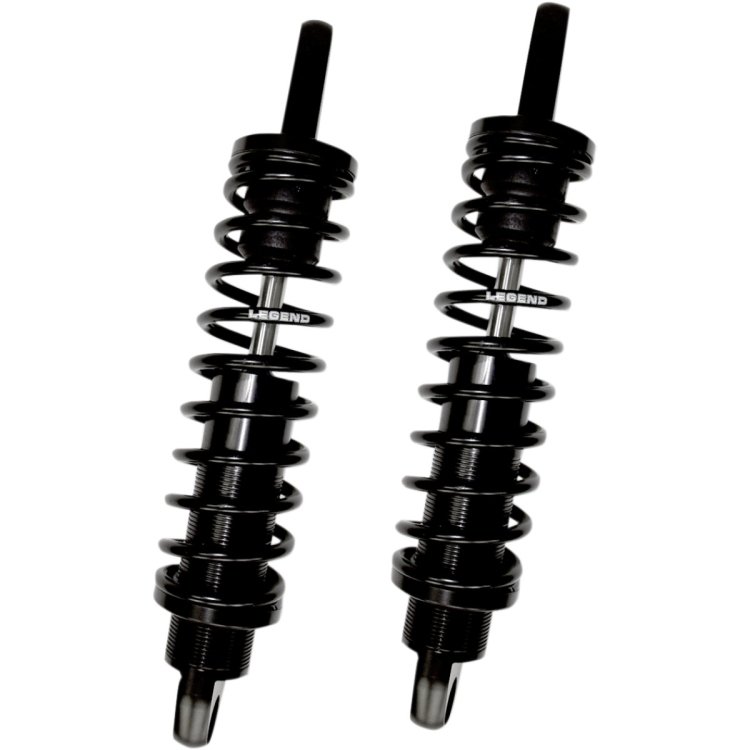Road Glide Stunt Suspensions
Alexander Andreev brought his Harley Davidson Road Glide Special 2015 to adapt it for wheelies and drifting. One effective way is to replace the suspensions with longer ones. A 23-inch wheel, two-inch longer fork, and 14-inch rear shocks are the tallest setup for maintaining the bike's appearance and controlling well.
To make the fork longer, we installed Legend Axeo +2 cartridges with new inner tubes. We picked fully adjustable Legend Revo Arc 14-inch monotubes. With such suspensions, lifting the front wheel is much easier.
Long rear absorbers move the swingarm downward, pushing the rear wheel forward, closer to the bike's center of mass. This makes it much easier to lift the front wheel.
It is not only the weight distribution or the greater loading of the rear wheel that matters, but also the correct operation of the shock absorbers for compression and rebound. Legend shocks have fast and slow compression. At slow loading, they are hard (for example, acceleration), but at fast loading, they are soft (for example, hitting a bump). This also makes it easier to make a wheelie, since the shock absorbers, after being compressed during take off, do not expand fast, swinging the motorcycle on the rear wheel.
There was a problem when installing 14-inch shock absorbers: the swingarm touched the gearbox when the wheel was hanging. Legend's support service responded that they had never faced this and that it might be due to the lift and its position when hanging the rear wheel. For civilian use, this should not create a problem, since the swing arm and the engine are not rigidly fixed and can go down. But on a stuntbike, it is better to grind off the swing arm at the point of contact so that there is no hard bumping when jumping.
Full drift without the front brake was also easy to make. During test runs, we have already set up a set of chain and sprockets, with which there are fewer jerks and faster reaction to throttle opening, which is very important in drifting and wheelie when controlling the angle.
Initially, we had concerns that the wheel would look huge and the motorcycle base would lean heavily backwards the rear wheel. But everything turned out fine, as the 23-inch front wheel is what you need in terms of the look. It's better to put an 18-inch wheel at the back so that the wheel rim is more noticeable and is seen more from under the saddlebag. In addition, with the 18-inch rear wheel, the original tilt of the motorcycle base is achieved (with the standard wheel it's slightly more up straight), but the motorcycle itself is even higher in the saddle.
A long fork requires lengthening the brake hoses. Unfortunately, the original ones cannot be replaced due to the metal sections at the lower tripple clamp. In a separate video, we have assembled the new ones - a very troubling procedure.
The composite front wheel turned out to be a good solution. Despite the fact that the hub fixing bolts have a small clearance in the holes, the hubs and wheel rim are perfectly centered, and we easily balanced the wheel.
Timecodes to quickly watch the needed moment:
- 0:33 Test runs on the rear wheel
- 1:56 Rear shocks replacement
- 3:22 Getting off the front wheel and fork
- 4:06 Fork disassembly
- 4:55 Fork assembly with a new cartridge
- 7:21 Fork installation
- 7:32 Front 23-inch wheel assembly
- 8:30 Wheel balancing
- 9:09 Front wheel installation
- 9:28 Rear shocks adjusting
Alexander Andreev's Instagram: https://www.instagram.com/a.andreev.ru/






